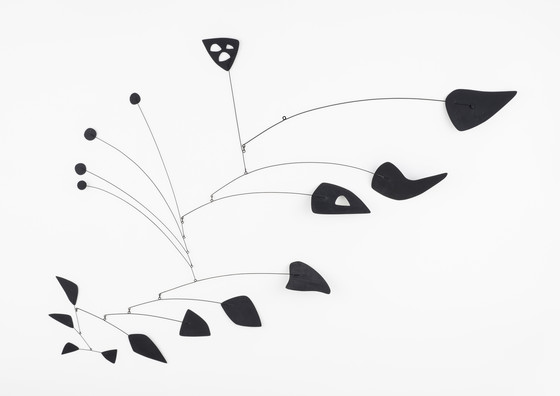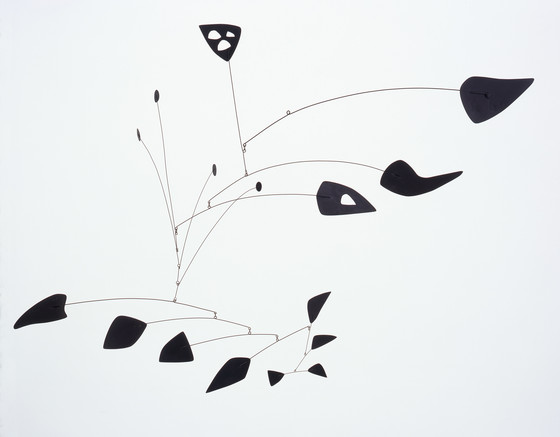Little Face

© [year] Calder Foundation, New York / Artists Rights Society (ARS), New York. Calder® is a registered trademark of Calder Foundation, New York.

© [year] Calder Foundation, New York / Artists Rights Society (ARS), New York. Calder® is a registered trademark of Calder Foundation, New York.
Please log in to add this item to your gallery.
View comments
Add a comment
Please log in to add comments.
Please log in to add tags.
* Nearly 20,000 images of artworks the museum believes to be in the public domain are available to download on this site.
Other images may be protected by copyright and other intellectual property rights.
By using any of these images you agree to LACMA's Terms of Use.
Little Face
Sculpture
Sheet metal, wire, paint
42 x 56 in. (106.68 x 142.24 cm)
Gift of the Joseph B. and Ann S. Koepfli Trust in honor of the museum's 40th anniversary (M.2011.139)
Currently on public view:
Broad Contemporary Art Museum, floor 3
Broad Contemporary Art Museum, floor 3
Since gallery displays may change often, please contact us before you visit to make certain this item is on view.